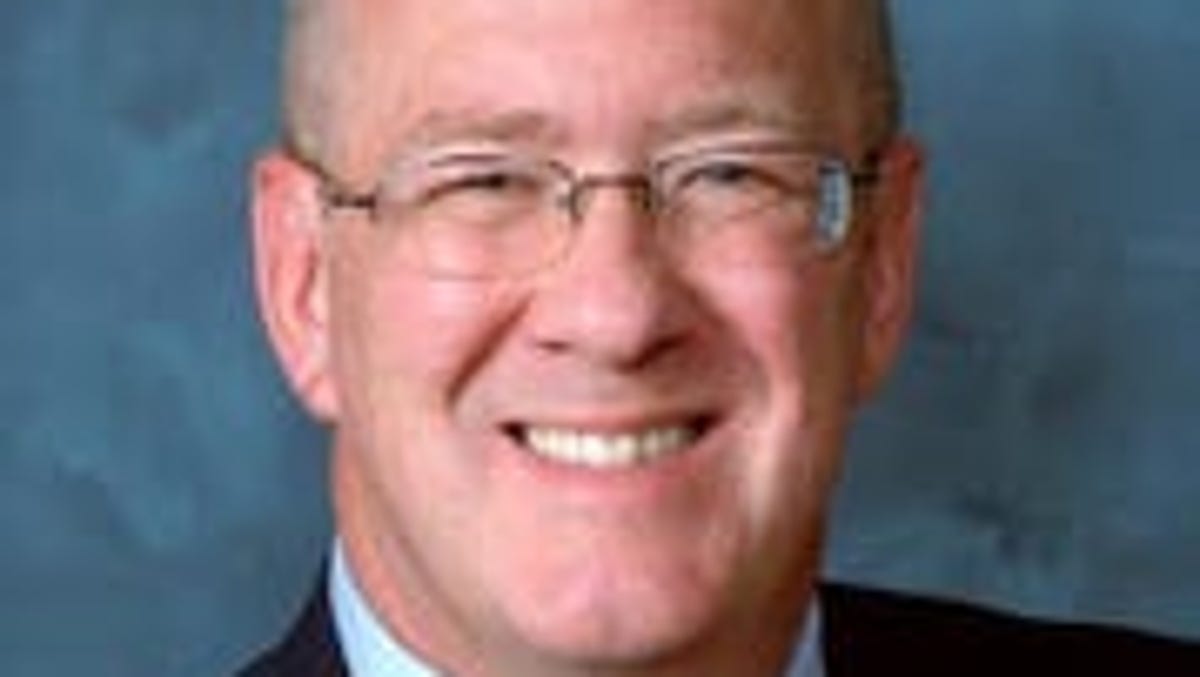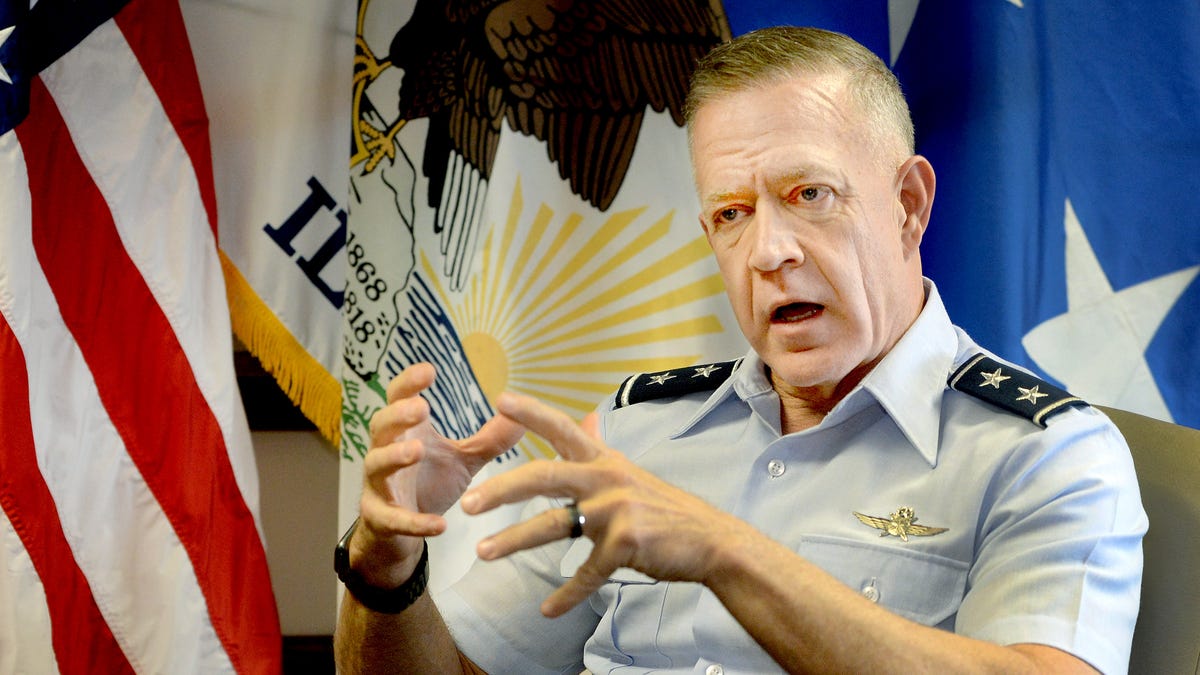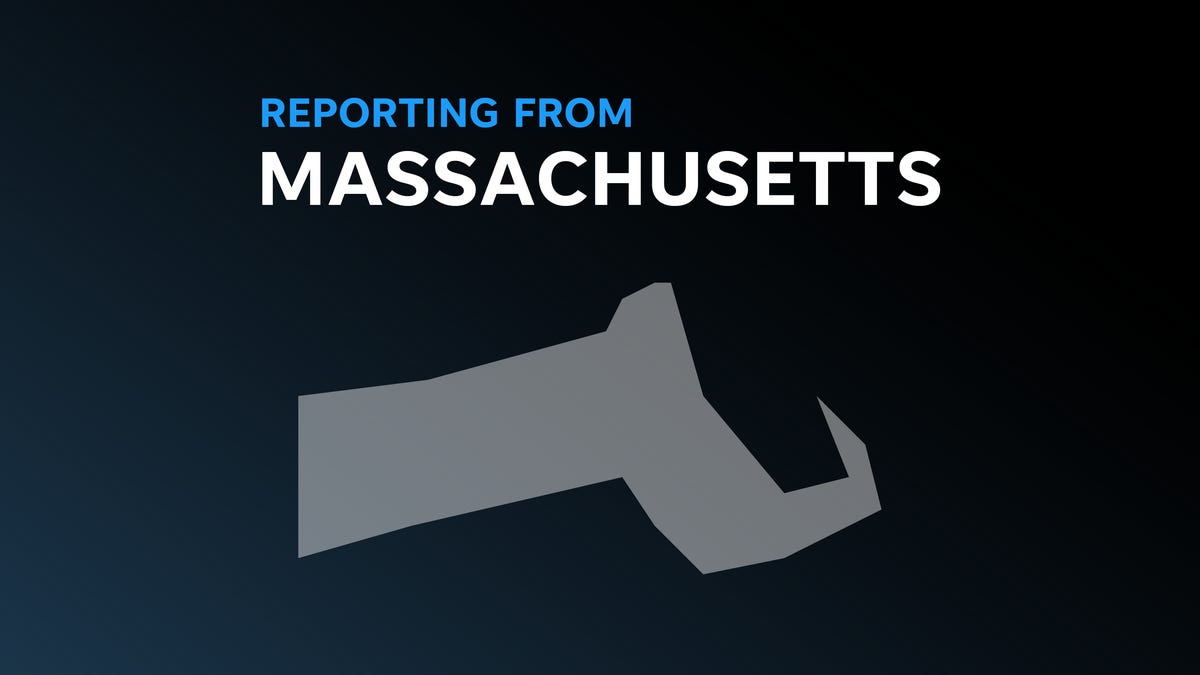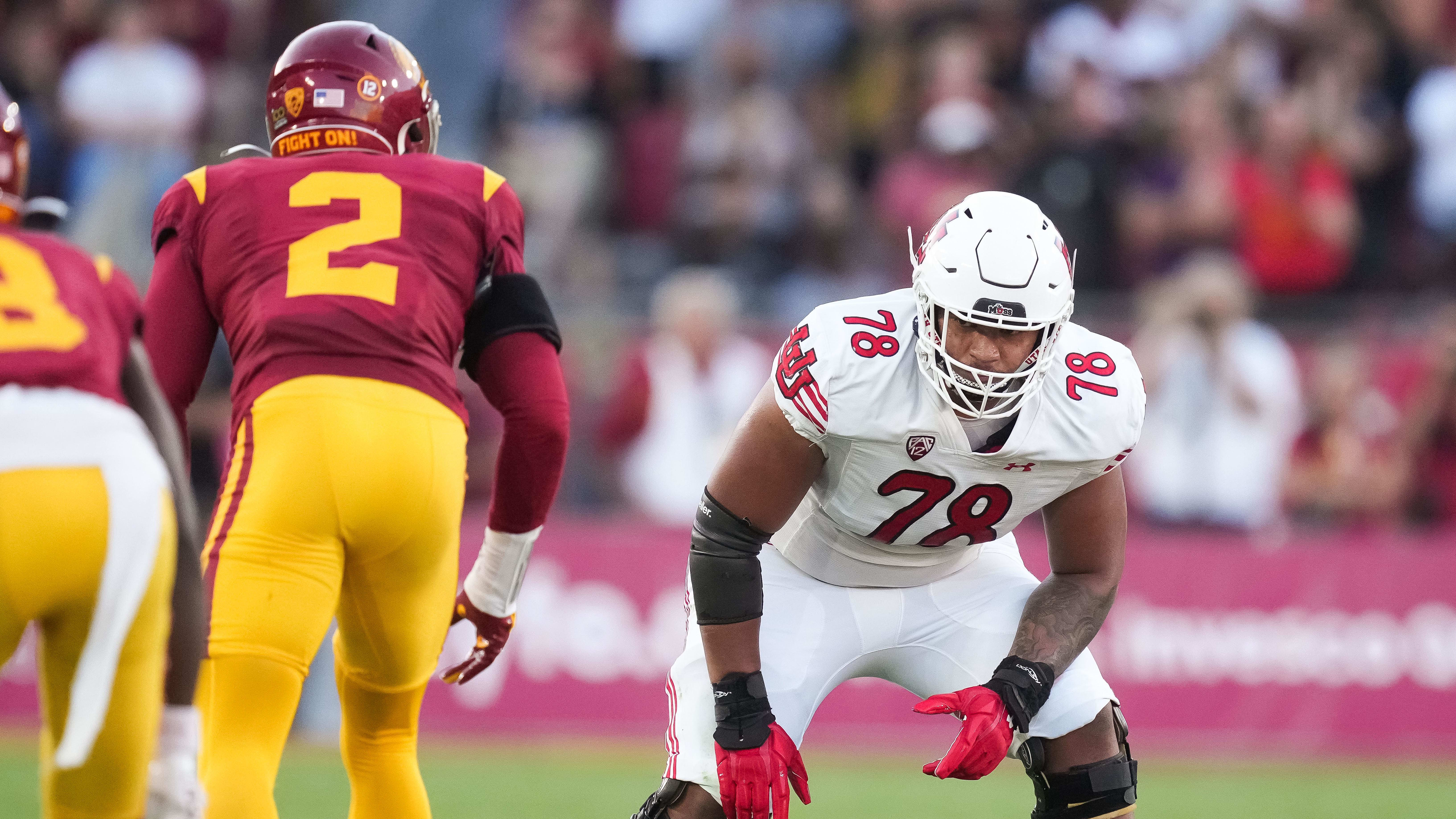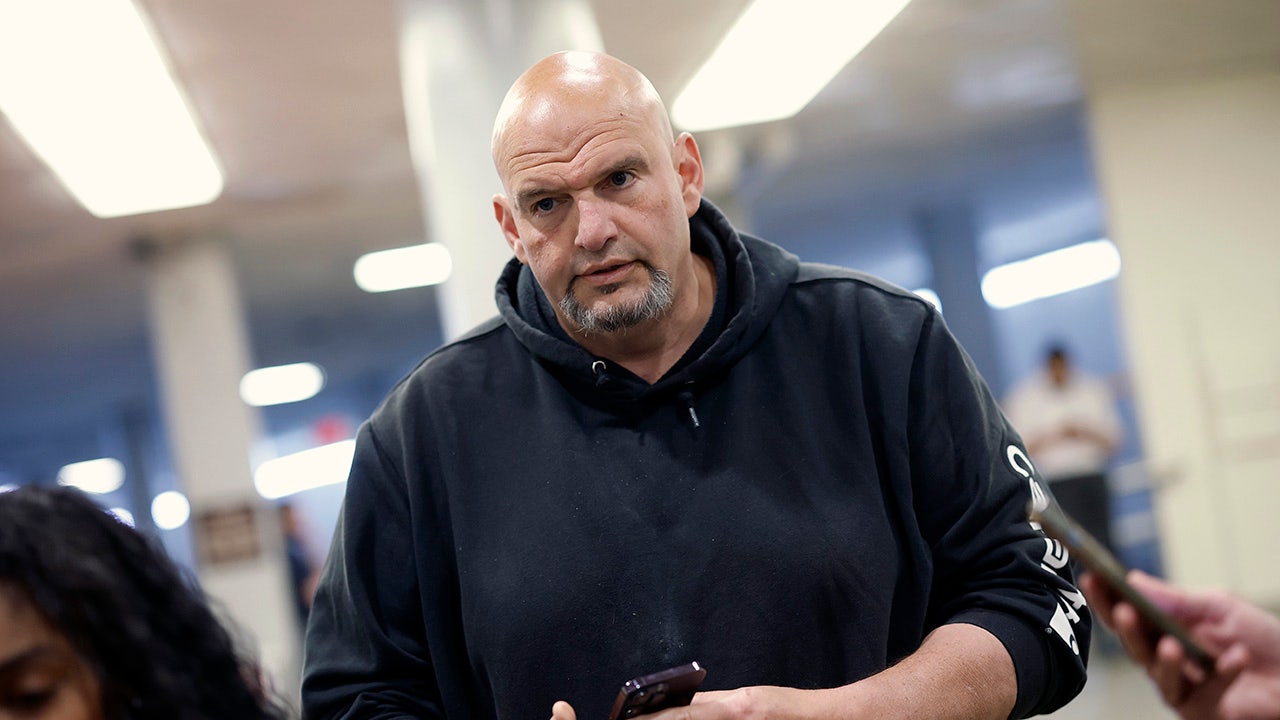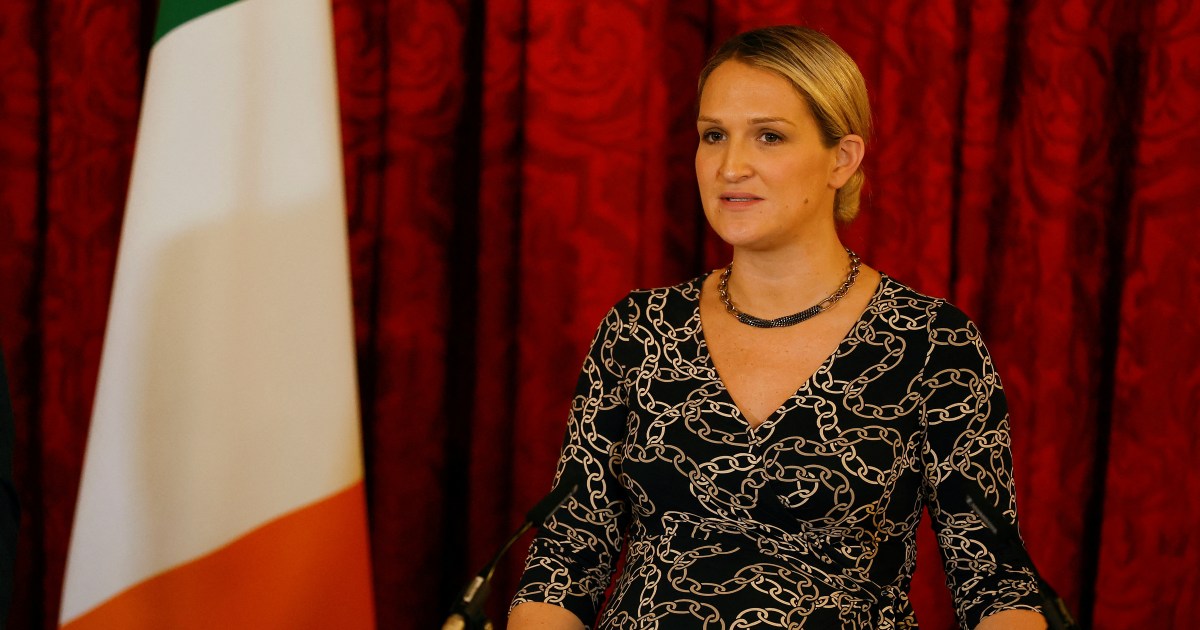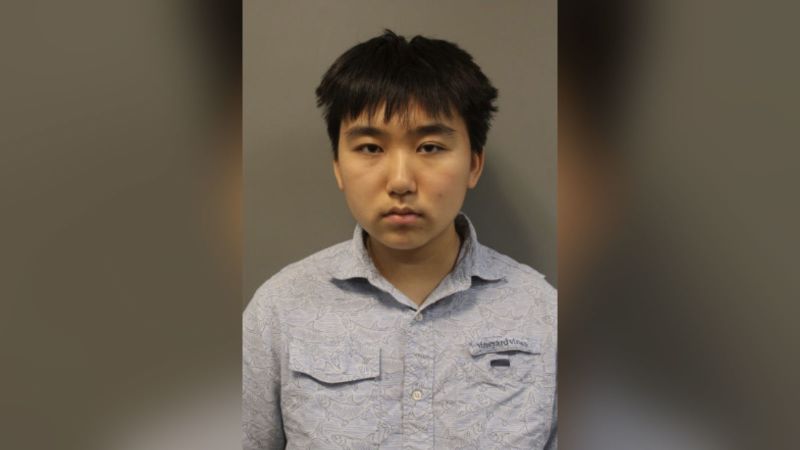Kansas
Sparks fly when Kansas House budget panel explores detail of university budget requests • Kansas Reflector

TOPEKA — The Kansas House’s budget committee delivered bipartisan condemnation Monday of unusual $3 million payouts to Emporia State University, Fort Hays State University and Pittsburg State University intended to stabilize campus operating budgets during a period of enrollment decline and rising costs.
The funding request, which had been previously rejected by Gov. Laura Kelly, was submitted by the Kansas Board of Regents’ three smaller-sized universities. Those campus leaders were emboldened by the 2023 Legislature’s decision to write ESU an extraordinary $9 million check amid a nearly 20% enrollment drop over five years. ESU had been in the spotlight for using a COVID-19-era emergency policy to jettison tenured faculty, slash core academic programs and impose a new business “model” of higher education.
Rep. Brenda Landwehr, a Wichita Republican, proposed a budget amendment during the House Appropriations Committee meeting to delete the $3 million gratuities to ESU, FHSU and PSU. Landwehr’s motion failed along with a more modest “parachute” amendment from Rep. Henry Helgerson, a Wichita Democrat. He wanted to link $1.5 million payments to the three universities to a demand that administrators outline a plan for what was to be accomplished with the cash.
“We plugged a hole with Emporia State last year,” said Landwehr, referring to the $9 million presented to ESU. “Now, we’re back because all the others are like, ‘Hey, if Emporia State can get this, then we should get something too to help right-size us or stabilize us.’ It’s a slippery slope.”
Helgerson’s blunt inquiry: “How long do we subsidize them?”
Rep. Steven Howe, the Salina Republican who chaired the House’s Higher Education Budget Committee, said the state’s six public universities were working to find a balance between academic offerings, student enrollment and workplace demands. He said the state invested heavily over the generations to create quality public universities, but those institutions needed time to hit reorganizational targets.
“I would hate to just pull out the rug, per se, and not give them the fighting chance,” Howe said. “We have good leadership amongst our institutions and I feel like they’re willing to make the difficult decisions ahead.”
The House Appropriations Committee decided to leave in place — for now — another $9 million installment of the subsidy to ESU. The committee also — for now — chose not to derail the $3 million supplemental payments to ESU, FHSU and PSU.
‘Somewhat hypocritical’
The budget committee postponed until end of the 2024 legislative session a recommendation to devote $15 million for renovation of a FHSU building to accommodate more nursing students. Questions were raised about whether student demand for Kansas nursing degrees warranted the project.
The budget blueprint for higher education, which will continue to take shape Tuesday in the appropriations committee, included $75 million in state support for the University of Kansas Medical Center’s plan to build a cancer research and treatment building. The half-billion-dollar project on the KUMC campus in Kansas City, Kansas, previously received a $100 million private donation and $43 million in federal funding.
In addition, the committee voted to delete ESU’s request for $4.6 million to pay off an “internal” university loan made in 2015 for residence hall construction. In 2018, ESU issued bonds for more housing projects. The steep decline in student enrollment and shrinking demand for on-campus housing meant the loan obligation couldn’t be repaid unless housing rates were increased to unreasonable levels.
Rep. Troy Waymaster, a Bunker Hill Republican and chairman of the House Appropriations Committee, said it didn’t make sense ESU expected state taxpayers to pay a price for the university’s mistakes in the student housing market at the same time ESU asked the Legislature to approve $10.2 million in new bonds for energy efficiency projects in campus buildings.
His ire was directed at ESU’s assumption the Legislature would let the university dump bad debt on taxpayers.
“I found it somewhat hypocritical,” Waymaster said. “If this is an internal loan, why are we paying it off with state general fund? It’s a valid question. Why are we paying it off with state general fund dollars?”

The ESU bubble
In September 2022, the Kansas Board of Regents approved ESU’s “model” for restructuring the university and delivering stability to the university’s budget. The authority was relied upon by President Ken Hush when dismissing 30 tenured or tenure-track faculty. The university gutted English, journalism, history and debate programs, but expanded from four academic schools to seven schools and invested in programs in nursing, computer science, art, music and cybersecurity.
The policy used by ESU to initiate the transformation didn’t speak to the necessity of multimillion-dollar bailouts by the Republican-controlled Legislature and the state’s Democratic governor. At conclusion of the 2023 session, however, House Speaker Dan Hawkins, R-Wichita, lauded the Legislature’s decision to earmark $9 million for ESU. He said management changes at ESU were “the way forward for all higher education institutions in our state.”
Rep. Stephen Owens, a Hesston Republican, challenged the $3 million handouts to ESU, PSU and FHSU.
“I just don’t know that it’s our responsibility to stabilize these universities,” he said. “We like to have conversations around here, but sometimes we don’t like to have the really hard conversations that exist. Nobody wants to make the hard decisions to say, ‘Well, we have X amount of universities and maybe we need one less because of declining population.’”
He said there was no motivation for government-funded entities to find the sweet spot in terms of budgeting, because the system allowed each to simply demand more from taxpayers.
Landwehr, who unsuccessfully sought deletion of the $3 million tips, said she was perplexed that the $9 million earmark last year for ESU didn’t appear to have made a difference. Originally, ESU said it would need $9 million infusions of cash in three consecutive years.
“You can’t keep cherry picking different universities on what we’re going to come in and do special things for,” Landwehrs said. “They’re not adjusting to what the market.”

Crayons, and the amused
The supplemental earmarks of $3 million, or at least half that amount, had defenders on both sides of the aisle during the House committee debate on higher education spending.
Rep. Ken Rahjas, a Republican from Agra, said regional universities had plans for working through budget challenges even if the full scope of those strategies weren’t presented to the House Higher Education Budget Committee chaired by Howe.
“Did they write it in Crayon? Did they print it out for us? There was a plan.” Rahjes said. “I trust the system. I trust the process. I trust my chairman.”
Democratic Rep. Barbara Ballard of Lawrence said larger universities, such as Kansas State University or University of Kansas, had substantial budgets and more wiggle room to reimagine themselves when money got tight. Ballard, currently the longest-serving House member, said she recalled a time when the Legislature provided nearly half of state university budgets, but that measure had fallen to about one-fourth.
“I don’t know what the answer is, but whenever we don’t like something or we can’t understand it, we just pull the funding,” Ballard said.
Rep. Bill Sutton, R-Gardner, said he found it somewhat amusing House legislators were castigating universities for not preparing for difficulties consistent with the anticipated decline in the college-age population.
He asked peers on the House committee whether the Legislature prepared for disruption of COVID-19, which he referred to as a flu, by setting aside significant cash reserves.
“We did not and we gladly accepted … $34 billion from the federal government to bail us out because we didn’t have a rainy-day fund,” Sutton said.

Kansas
Former Kansas attorney general announces bid for Congress

Former Kansas Attorney General Derek Schmidt (R) announced Friday that he will run for Congress in a bid to replace outgoing Rep. Jake LaTurner (R-Kan.).
Schmidt announced his campaign just a week after LaTurner said he will retire from Congress. The three-term attorney general is now gunning for the House after narrowly losing a 2022 gubernatorial bid to Gov. Laura Kelly (D).
“I feel a calling to serve, so I am excited to announce that I am running,” Schmidt wrote in an announcement. “I strongly believe that America needs more effective, conservative voices in public service.”
Kansas’ 2nd District contains parts of Kansas City and much of rural eastern Kansas. It is considered a safe conservative seat for the general election.
Schmidt’s campaign emphasized his experience as attorney general in being tough on crime and held up his record of arguing against the Obama and Biden administrations in the Supreme Court.
“Those of us who represent Kansas conservative values need to stand up and fight back,” he said in a statement, adding a jab at President Biden. “In Congress, I will work to secure our border, fight overreach from the federal government that doesn’t understand our way of life and stop the federal government from making daily life increasingly expensive and difficult.”
His announcement also affirmed his support for former President Trump in 2024.
“These past four years have made clear that America was stronger when President Trump served in the White House,” Schmidt wrote. “And I look forward to working with him and others next year — yes, to truly make America great again.”
Schmidt was generally viewed as a moderate during his stint as attorney general, but he embraced far-right positions on vaccines, transgender rights and critical race theory during his gubernatorial campaign.
He also faced criticism for embracing election denial rhetoric surrounding the 2020 election, including working with a group that later urged people to participate in what became the Jan. 6 Capitol riots. Schmidt also joined a Texas lawsuit attempting to overturn the 2020 election results, which failed.
Schmidt is the only GOP candidate who has announced a campaign for the 2nd District seat. The Kansas primary is scheduled for Aug. 6.
Copyright 2024 Nexstar Media Inc. All rights reserved. This material may not be published, broadcast, rewritten, or redistributed.
Kansas
Ethan Driskell NFL Draft 2024: Scouting Report for Kansas City Chiefs OT
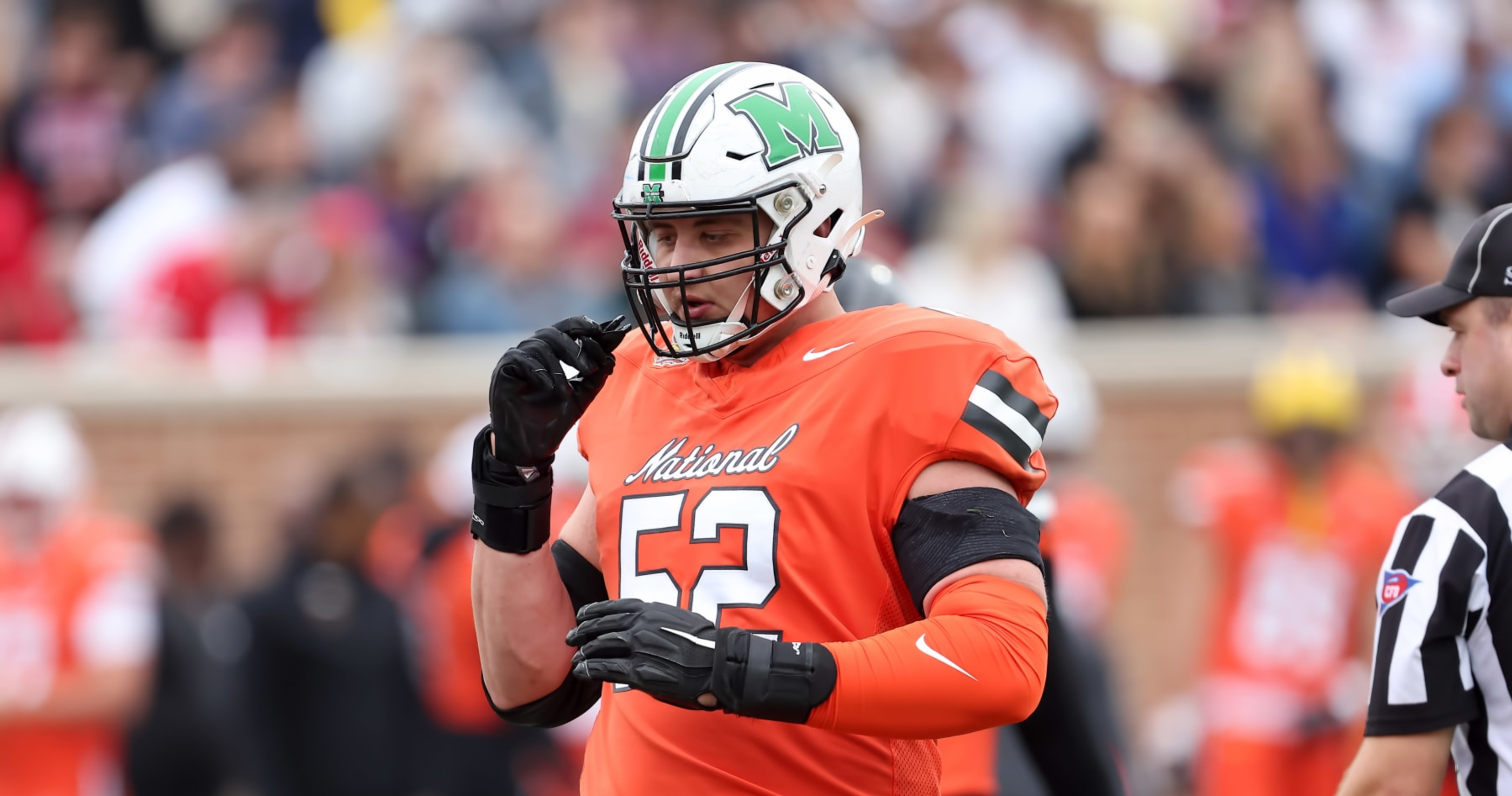
Michael Wade/Icon Sportswire via Getty Images
— Looks the part of an NFL OT with a well-proportioned, lean 6’8″ frame with very good length.
— Functional mover with adequate quickness and agility.
— Has some pop in his hands to stun and halt rushers when he connects.
— Will strain and work to generate torque and steer defenders away from the ball on angle-drive blocks.
— Winds up when striking in pass protection, causing him to be tardy with his timing.
— Struggles to protect his frame and sit down against speed to power.
— Rudimentary run-blocking skill with a habit of leaning into contact and relying purely on size to wall off defenders.
— Operates in a gimmicky pass offense with minimal true pass sets and subsequently struggled to protect at the Senior Bowl
— 13 starts at left tackle
— 0-star recruit from the 2019 class, per 247Sports
— Standout basketball player in high school in Kentucky, finishing second in the state in blocks per game as a junior (3.4) and was named all-region as a senior
— 26 career starts at left tackle
— Accepted his invite to the Senior Bowl
Ethan Driskell is a two-year starter at left tackle inside Marshall’s balanced, quick-hitting, RPO/play-action heavy, zone-based scheme with some gap concepts sprinkled in. Driskell has a tall, well-proportioned and lean frame with room for additional mass, very good arm length, adequate athletic ability and power.
Driskell wins using his size and strain to wall off defenders in the run game on angle-drive blocks. However, he is a heavy leaner who struggles to finish with authority, partly based on the scheme he operated in that seemed to prioritize tempo over all else.
In pass protection, Driskell operated in a RPO- and play-action-heavy system with extensive screens and quick passes that allowed him to set aggressively the majority of the time and rely on his size to cover up rushers. On true pass sets, he is a wind-up striker who’s looking to deliver jolt with his inside hand and delivers solid stopping power when he connects, but he struggles mightily to mirror, recovery and stay in front of countermoves.
Overall, Driskell has a towering frame and well-proportioned build with very good length. He works hard to stay attached to blocks and can blot out defenders once latched, which makes him worth bringing to camp. However, his subpar technical refinement and recovery skills will make it difficult for him to elevate beyond a backup.
GRADE: 5.4 (Backup/UDFA with Roster Potential — UDFA)
PRO COMPARISON: Tommy Doyle
Kansas
Kansas City Chiefs Draft 2024: Who made this year the Kansas City team on the NFL draft?

Fresh off a Super Bowl victory, the Kansas City Chiefs entered the 2024 NFL Draft with strategic focus, aiming to replenish their roster and build on their championship success. The Chiefs managed their draft picks shrewdly, addressing key areas to enhance both their offensive firepower and defensive depth. Here’s a detailed breakdown of their selections:
Xavier Worthy, WR, Texas – Round 1, Pick 28 (from Bills)
The Chiefs kicked off their draft by selecting Xavier Worthy, the fastest player at this year’s combine, with a record 4.21-second 40-yard dash. Worthy is expected to fill the void left by departing deep threats Mecole Hardman and Marquez Valdes-Scantling. His impressive collegiate performance at Texas, boasting an average of 66 catches and over 900 yards per season, suggests he will be a vital addition to the Chiefs’ receiving corps alongside Hollywood Brown.
Kingsley Suamataia, OT, BYU – Round 2, Pick 63 (from 49ers)
Kansas City chose Kingsley Suamataia in the second round, a versatile lineman capable of playing left tackle-a position left open with Donovan Smith unsigned. Suamataia could also provide a valuable swing option if right tackle Jawaan Taylor continues to struggle.
Jared Wiley, TE, TCU – Round 4, Pick 131
In the fourth round, the Chiefs added Jared Wiley, a tight end from TCU known for his impressive 4.6 speed in the 40-yard dash and reliable hands. Standing 6-foot-6 and weighing 249 pounds, Wiley’s physical attributes and minimal drop rate make him a promising addition for rotational tight end duties and a potential future contributor to the team’s offensive schemes.
Jaden Hicks, S, Washington State – Round 4, Pick 133 (compensatory selection from Bills)
Just two picks later, Kansas City secured Jaden Hicks, a highly-regarded safety from Washington State. Known for his solid size and exceptional game tape, Hicks is expected to fit well into any defensive scheme and develop into a starting safety under defensive coordinator Steve Spagnuolo.
Hunter Nourzad, C, Penn State – Round 5, Pick 159 (from Cowboys)
With their fifth-round pick, the Chiefs drafted Hunter Nourzad, an interior lineman from Penn State. Nourzad’s versatility and experience across multiple positions on the offensive line make him a valuable asset for Kansas City, potentially backing up all three interior spots.
Kamal Hadden, CB, Tennessee – Round 6, Pick 211 (compensatory selection from 49ers)
Kansas City added depth to their secondary by selecting Kamal Hadden, a cornerback from Tennessee, in the sixth round. Despite lacking top-end speed, Hadden’s coverage skills and ball production have been highly rated, making him a suitable candidate for zone coverage schemes.
C.J. Hanson, G, Holy Cross – Round 7, Pick 248 (from Bills)
In the final round, the Chiefs picked C.J. Hanson, a guard from Holy Cross. With 38 college starts under his belt, Hanson’s quickness in the run game could be an asset. However, he will need to strengthen his pass protection skills to contend with NFL-level competition.
The Kansas City Chiefs‘ approach to the 2024 draft reflects a blend of immediate impact players and developmental prospects, aiming to sustain their championship-level performance while preparing for future challenges.
-

 Kentucky1 week ago
Kentucky1 week agoKentucky first lady visits Fort Knox schools in honor of Month of the Military Child
-

 Movie Reviews1 week ago
Movie Reviews1 week agoFilm Review: Challengers – The Knockturnal
-
News1 week ago
Maryland high school student arrested after authorities discovered a 129-page document detailing school shooting plan, police say | CNN
-

 World1 week ago
World1 week agoIranian media says three drones downed after explosions heard in Isfahan
-

 World1 week ago
World1 week agoShipping firms plead for UN help amid escalating Middle East conflict
-

 News1 week ago
News1 week agoVideo: Kennedy Family Endorses President Biden
-
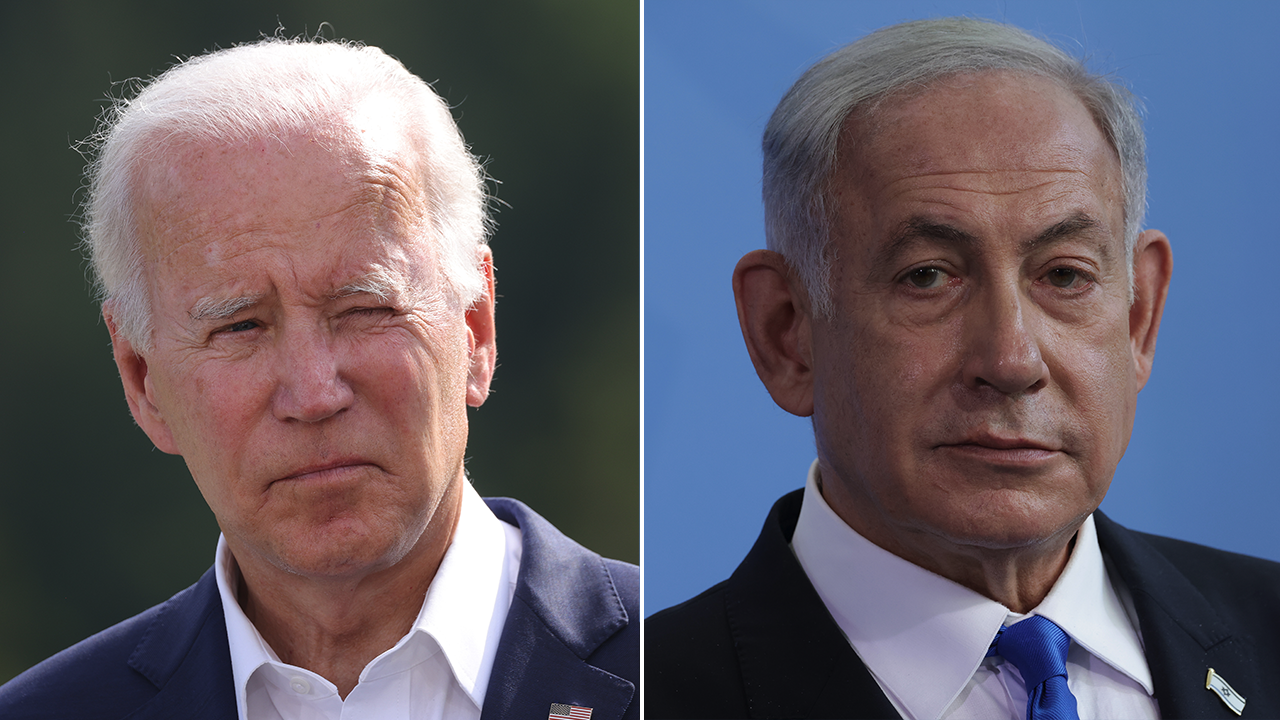
 Politics1 week ago
Politics1 week agoIsrael hits Iran with 'limited' strikes despite White House opposition
-

 News1 week ago
News1 week agoThe San Francisco Zoo will receive a pair of pandas from China
